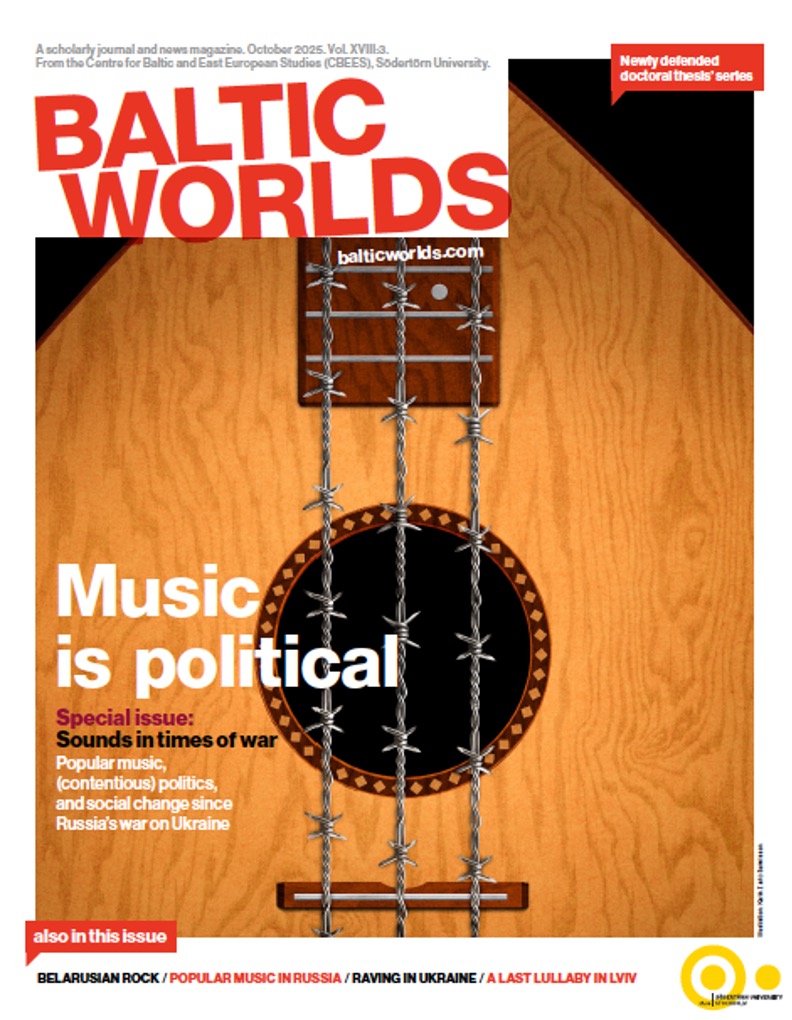The personal is political Volodymyr Zelensky in the spotlight of the international mainstream media
In this article, I focus on the mainstream media coverage of the background of Volodymyr Zelensky, candidate for the position of President of Ukraine and, subsequently, the sixth President of Ukraine. The elections provoked a splash of international interest in Ukraine because of the unexpected candidate, a comedy actor with no prior political experience. This research shows that not only the professional, but also the ethnic background of Volodymyr Zelensky became an important topic in the international media during the presidential campaign and the elections of the President of Ukraine in 2019. Mentions of Zelensky’s Jewish background were supported by references to certain stereotypical views about the history of Ukraine, and his elections were covered as an unexpected breakthrough – either from the Soviet or from the anti-Semitic past.

 Issue 2025, 3:
Issue 2025, 3: